Aging Population
The demographic shift towards an aging population is poised to have a profound impact on the Pulse Oximeters Market. As individuals age, they often experience a decline in respiratory function and an increase in comorbidities, which heightens the need for regular monitoring of oxygen saturation. Data indicates that the proportion of individuals aged 65 and older is steadily increasing, leading to a higher prevalence of age-related health issues. This demographic trend is likely to drive demand for pulse oximeters, as healthcare systems adapt to the needs of older patients. Additionally, the Pulse Oximeters Market may see growth in the development of user-friendly devices tailored for elderly users, enhancing accessibility and encouraging self-monitoring.
Increased Focus on Preventive Healthcare
The growing emphasis on preventive healthcare is emerging as a key driver for the Pulse Oximeters Market. As healthcare systems worldwide shift towards proactive management of health conditions, the demand for devices that facilitate early detection of potential issues is rising. Pulse oximeters play a crucial role in this paradigm by enabling individuals to monitor their oxygen levels regularly, thus identifying potential respiratory problems before they escalate. This trend is supported by initiatives aimed at promoting health awareness and encouraging self-monitoring among patients. Consequently, the Pulse Oximeters Market is likely to experience growth as more consumers recognize the value of these devices in maintaining their health and preventing complications.
Rising Prevalence of Respiratory Diseases
The increasing incidence of respiratory diseases, such as chronic obstructive pulmonary disease (COPD) and asthma, is a primary driver for the Pulse Oximeters Market. According to recent health statistics, respiratory diseases account for a significant portion of global morbidity and mortality. This trend necessitates the use of pulse oximeters for continuous monitoring of oxygen saturation levels, particularly in patients with chronic conditions. The demand for accurate and reliable monitoring devices is expected to rise, as healthcare providers seek to improve patient outcomes. Furthermore, the Pulse Oximeters Market is likely to benefit from the growing awareness among patients regarding the importance of monitoring their oxygen levels, leading to increased adoption of these devices in both clinical and home settings.
Rising Demand for Home Healthcare Solutions
The increasing demand for home healthcare solutions is significantly impacting the Pulse Oximeters Market. As patients seek to manage their health conditions from the comfort of their homes, the need for portable and easy-to-use monitoring devices is becoming more pronounced. Market analysis indicates that the home healthcare segment is expanding rapidly, driven by factors such as convenience, cost-effectiveness, and the desire for personalized care. Pulse oximeters, being non-invasive and user-friendly, are well-positioned to meet this demand. Furthermore, the Pulse Oximeters Market is likely to benefit from partnerships between manufacturers and home healthcare providers, facilitating the distribution of these devices to a broader audience.
Technological Innovations in Medical Devices
Technological advancements in medical devices are significantly influencing the Pulse Oximeters Market. Innovations such as non-invasive monitoring, wireless connectivity, and integration with telehealth platforms are enhancing the functionality and appeal of pulse oximeters. These advancements not only improve the accuracy of readings but also facilitate real-time data sharing with healthcare providers. Market data suggests that the introduction of smart pulse oximeters, which can sync with mobile applications, is gaining traction among consumers. This trend indicates a shift towards more sophisticated monitoring solutions that cater to the needs of both patients and healthcare professionals. As technology continues to evolve, the Pulse Oximeters Market is expected to expand, driven by the demand for more efficient and user-friendly devices.
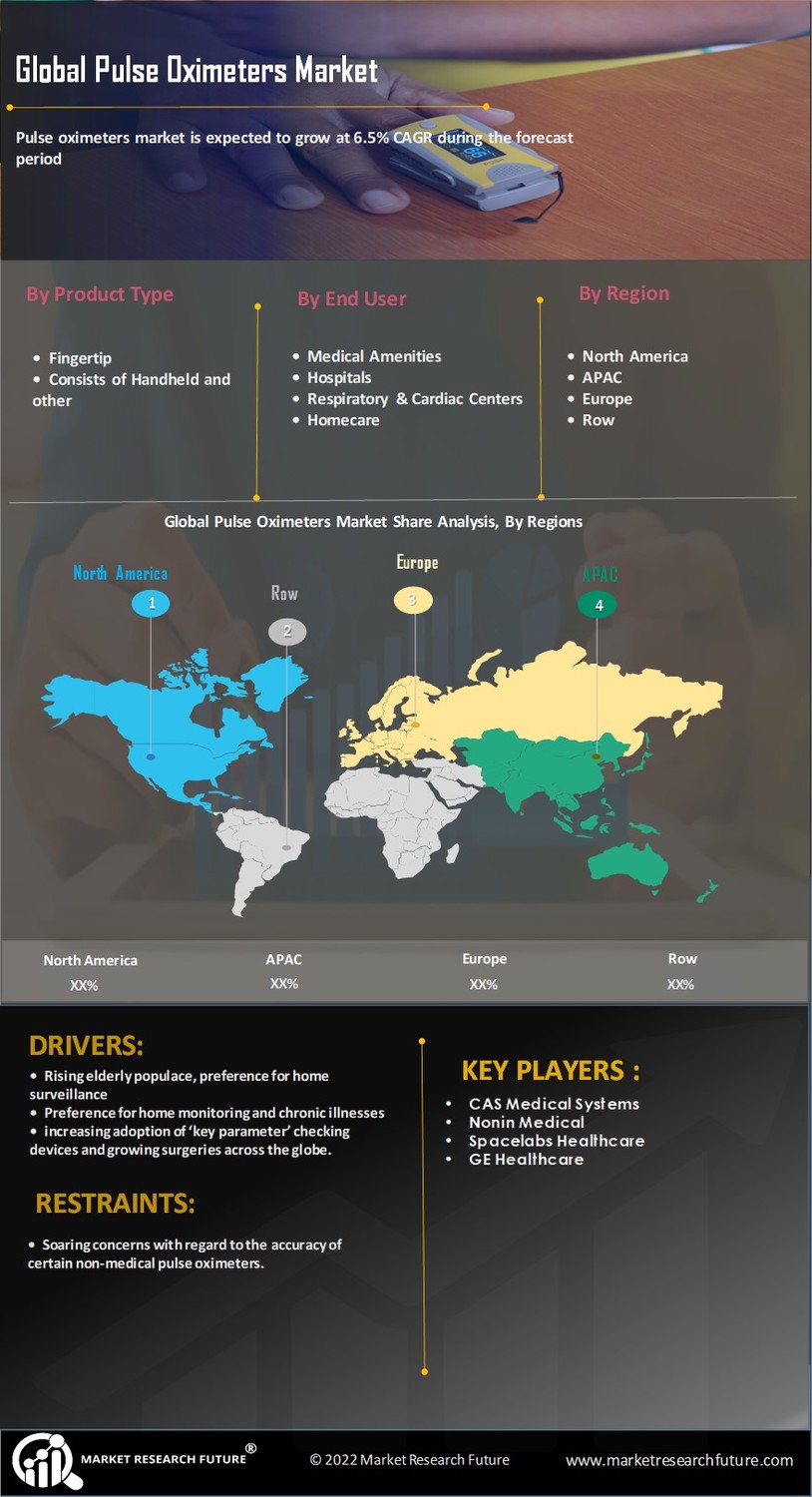

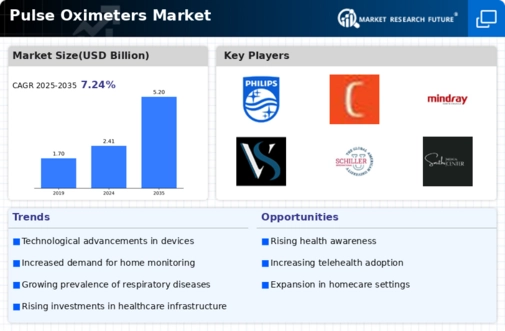
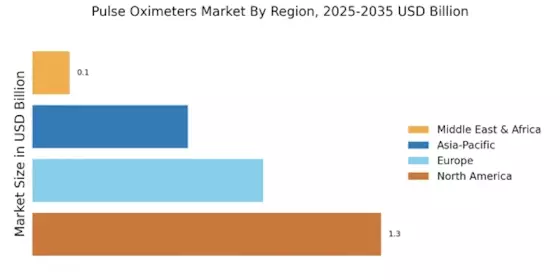


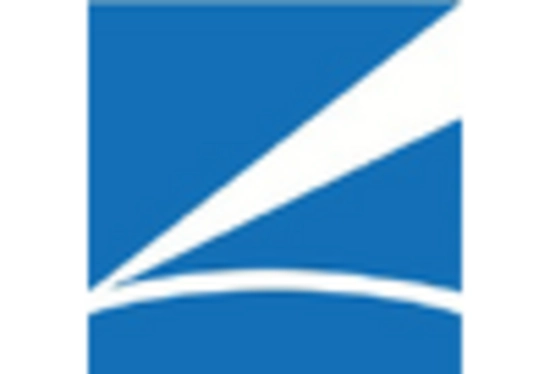
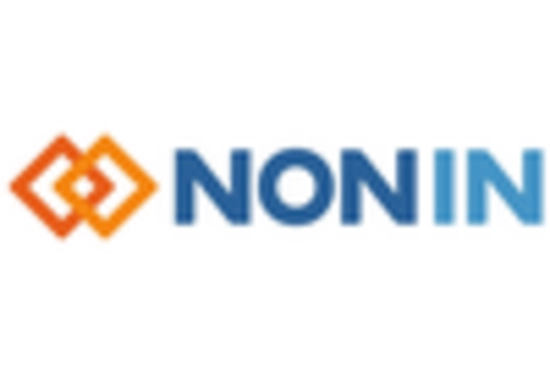










Leave a Comment